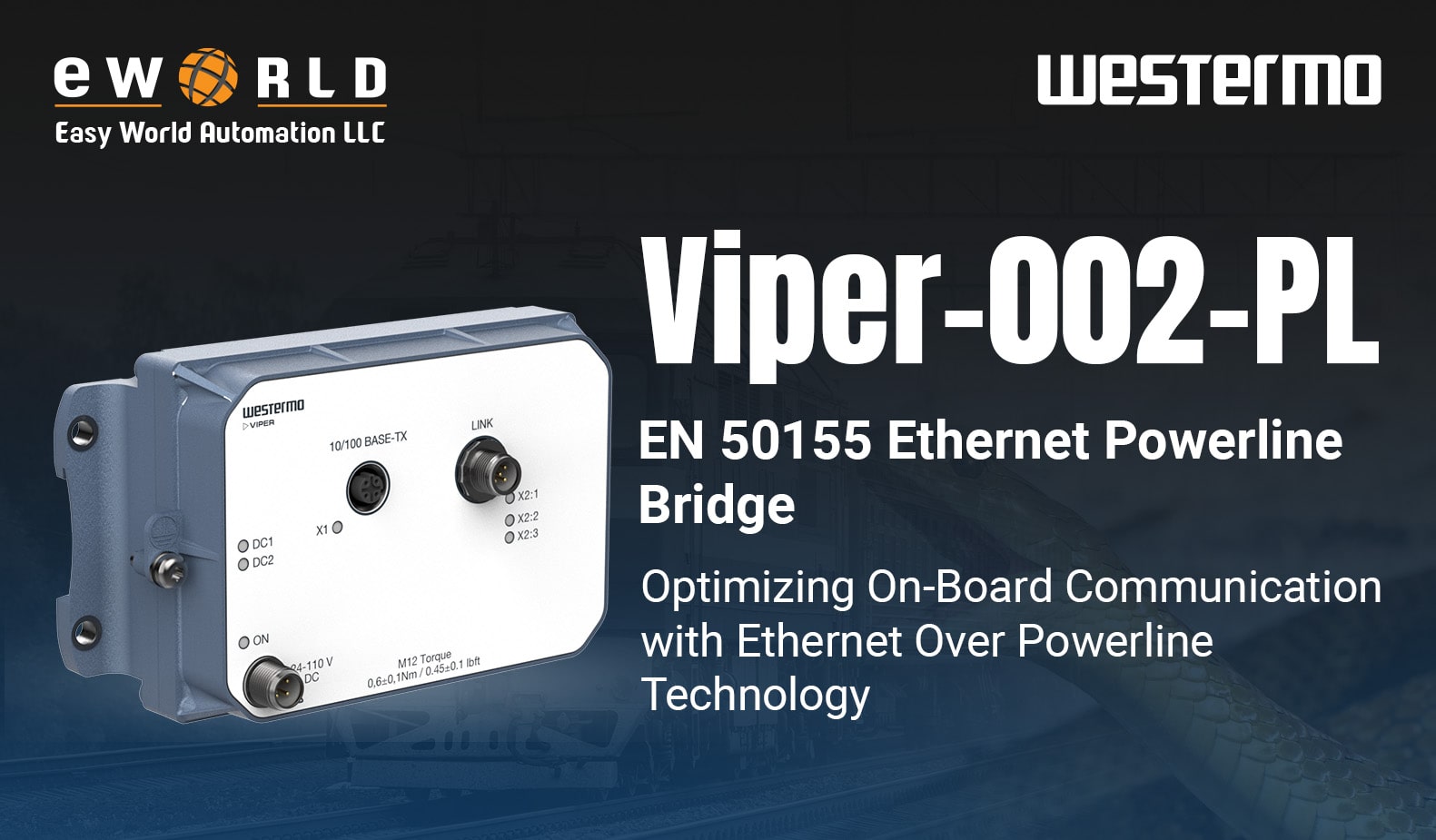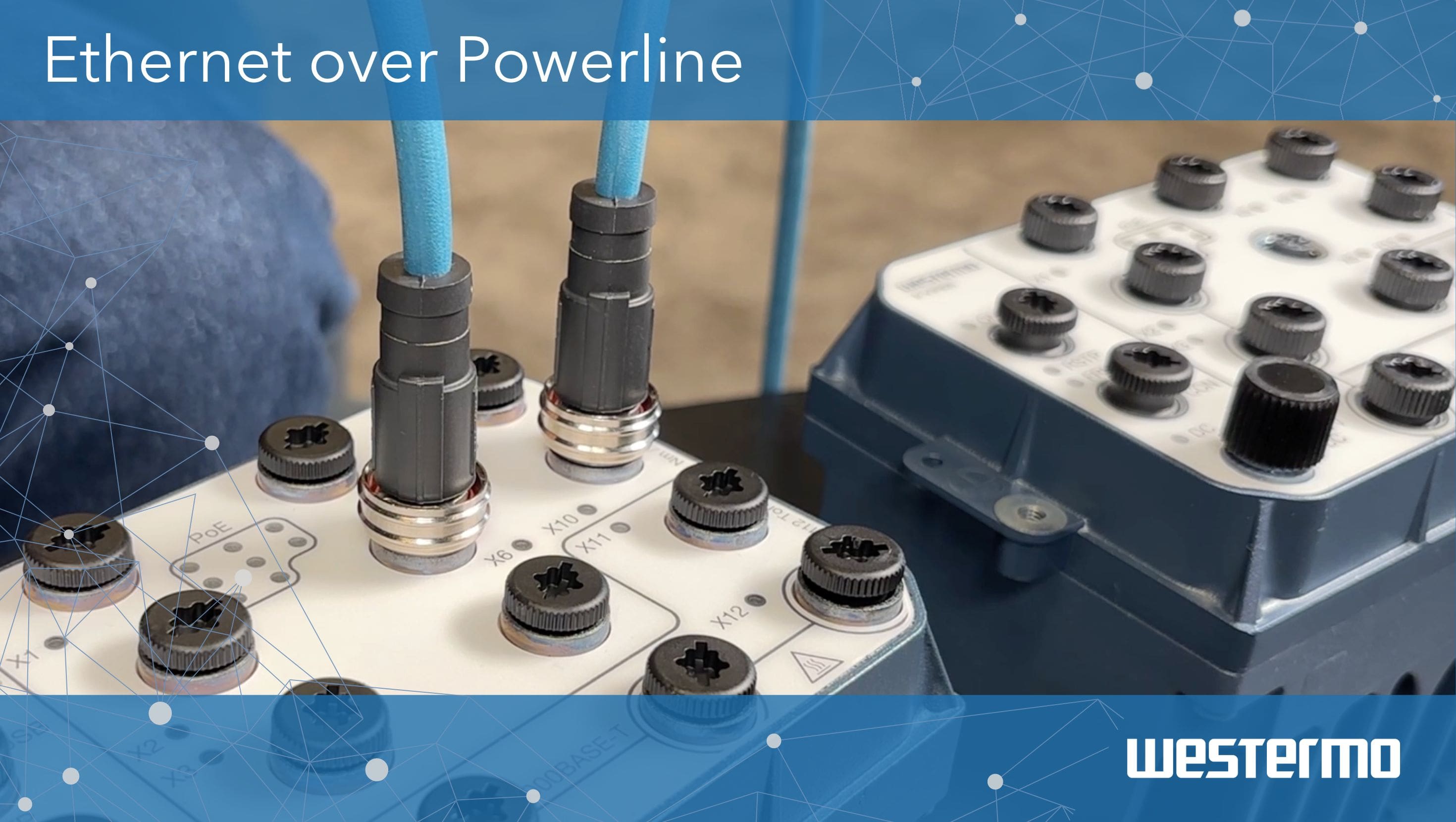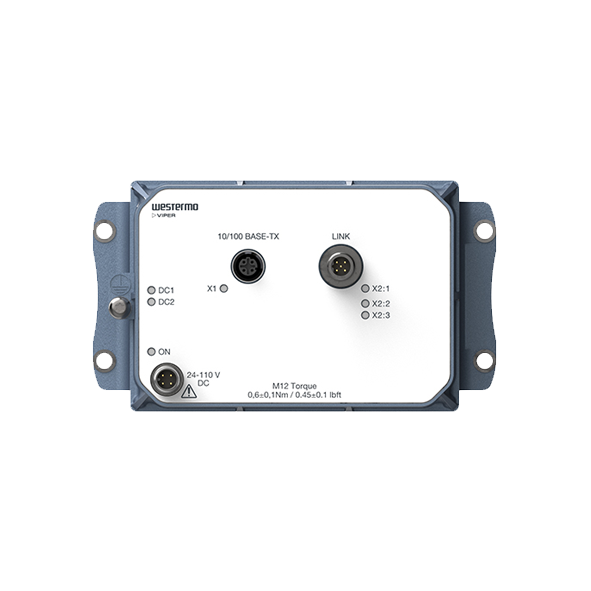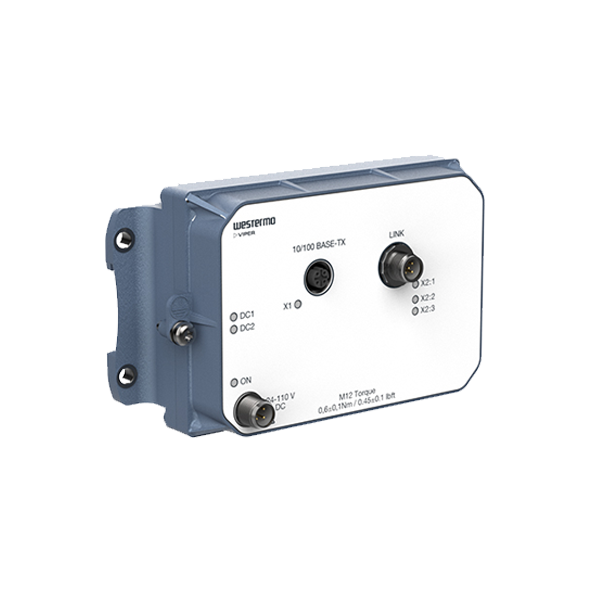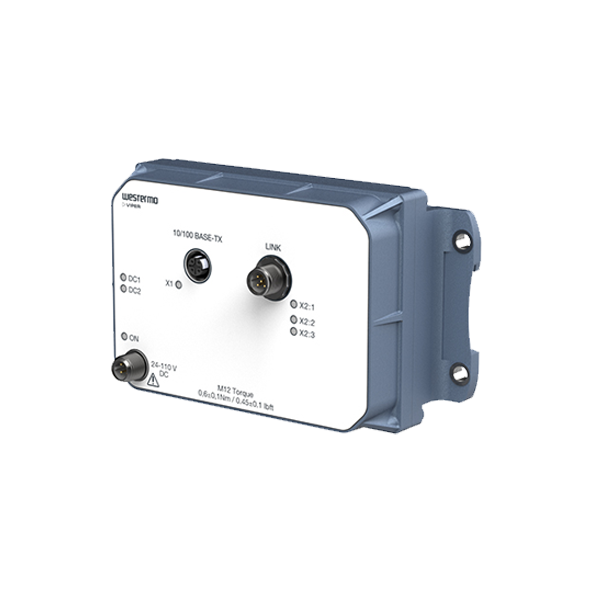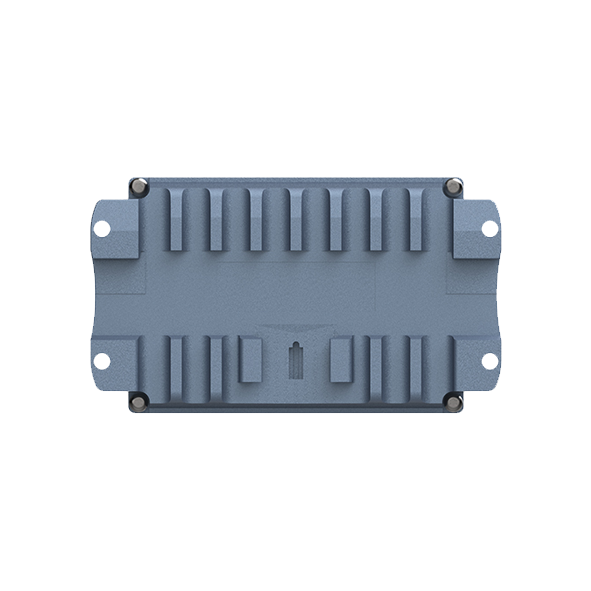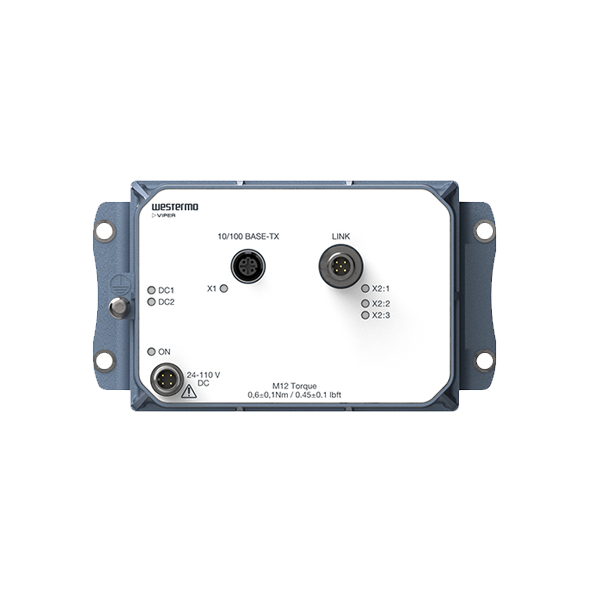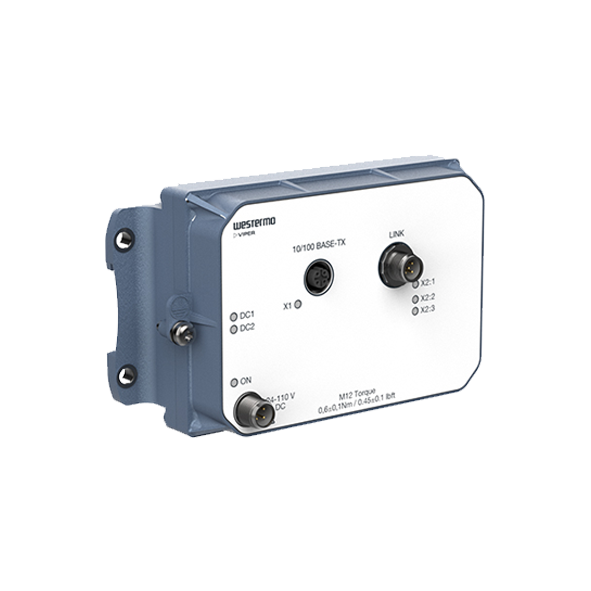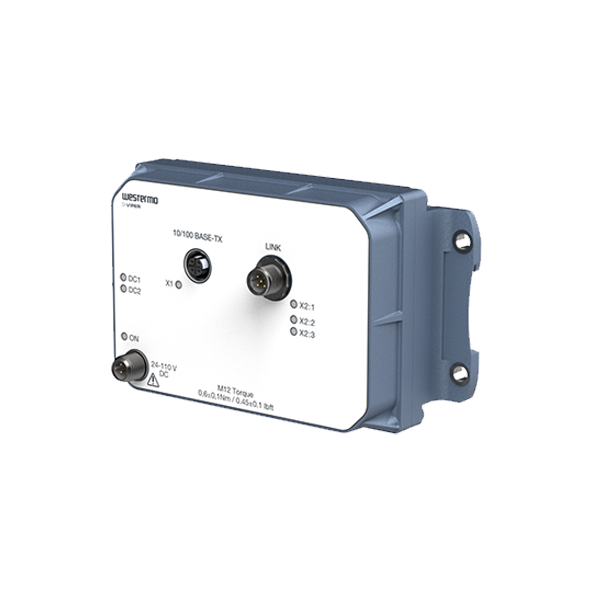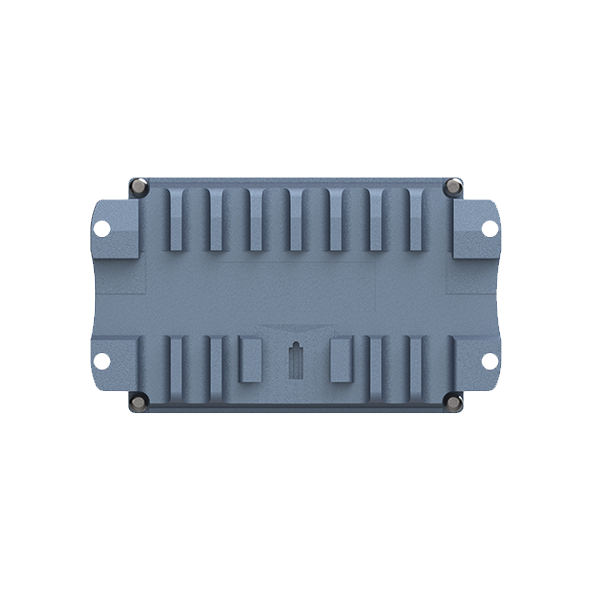Installing new equipment for any onboard project can be costly, especially when it involves replacing existing cables, which becomes particularly expensive when coupler connections are involved. In many cases, running new cables isn't feasible due to the complexity of train system installations, as there might not be enough space or budget to install new Ethernet lines through existing couplers. Fortunately, existing cables can often be reused for data communication by leveraging powerline technology.
Modern railway fleets are typically designed with Ethernet Train Backbone (ETB) Networks, providing fast and reliable communication between trains. However, many older train fleets, with years or even decades of service life remaining, still need to modernize their onboard communications.
Onboard networks are inherently complex. Trains are frequently coupled and uncoupled, often while in service, and may change directions multiple times daily. During coupling, both non-critical systems (e.g., Passenger Information Systems) and critical systems (e.g., traction, door control) are connected across each train unit to form a fully integrated and communicating formation, known as a consist.
Inter-vehicle couplers, which link separate train units, contain a series of pins securely fastened for transit. If these connections fail, the train cannot remain in service, making them vital to the railway's operation. During fleet modernization, Ethernet communication between trains can utilize existing network cables within the auto-coupler. As such, careful consideration must be given to train-to-train communication technologies and methods.
One of the main challenges with legacy couplers is the limited availability of “spare” connections and appropriate shielding for high-speed network communications. Existing train wires within the coupler may already be allocated to various services and systems, such as power or train control. These wires are often prone to noise and lack proper shielding, making them unsuitable for conventional data communication but ideal for Ethernet over Powerline technology.
For Ethernet data communication onboard railway vehicles, shielded CAT5e cabling is required as a minimum for gigabit communication. Poor cabling practices, such as breaks in shielding, can lead to communication loss or sporadic interference, particularly in the electromagnetically noisy train environment. Additionally, if there is voltage on the line, Ethernet data communication becomes impossible, regardless of cable quality.
To facilitate communication between trains via couplers, Westermo developed the Viper-002-PL, designed to connect networks across couplers in the harshest environments. Encased in an IP67 housing and utilizing M12 connectors, the EN50155-compliant Viper-002-PL is an ideal choice for any onboard networking solution requiring through-coupler communication.
The Viper-002-PL features two ports: a 100Mbit/s copper Ethernet port and a 2-wire cable port for communication. These ports work in pairs, with the 2-wire cable ports connecting between two Viper-002-PL devices through the onboard coupler. The Viper-002-PL units automatically negotiate with each other, offering surge resistance and immunity to electrical interference.
After a brief negotiation period, Ethernet traffic will seamlessly communicate over the coupler, enabling data connectivity throughout the train. If the train is uncoupled and reconnected to another train, the Viper-002-PL will automatically disconnect and reconnect to the new Viper-002-PL in the newly joined vehicle. Thanks to Westermo's unique design specifically for railway vehicle connectivity, these devices can utilize the same "train wires" at each end of the train without cross-connections or network loops.
An additional feature of the Viper-002-PL is its ability to handle powered connections between couplers, which can reach up to 110VDC. Conventional Ethernet traffic cannot tolerate such electrical interference on the same wires, making communication impossible under these conditions. The Viper-002-PL complies with standards that ensure Ethernet over Powerline communication in the most challenging and complex environments, allowing the implementation of Ethernet networks via couplers that would otherwise be difficult and costly.
The Viper-002-PL is an ideal solution for retrofitting onboard systems to ensure high-quality, secure, and robust data communication over train couplers.
Main Features
- 1 x 2-Wire Cable Port
- Single model 24 – 110 VDC power range
- IP67 anti-condensation GORE-TEX® membrane
- Ambient temperature -40° to +70°C (-40° to +158°F)
- Integrated M12 threading and high MTBF hours
- 1 x 1 Gbps Ethernet Port - Viper-002-T1G-PL1
- 1 x 100 Mbps Ethernet Port - Viper-002-T1-PL1
Featured Products
Viper-002-T1G-PL1
EN 50155 Ethernet Powerline Bridge
Viper-002-T1-PL1
EN 50155 Ethernet Powerline Bridge
Easy World's Westermo's official distributor in the Middle East. For any further information please contact us via sales@eworldme.com.

